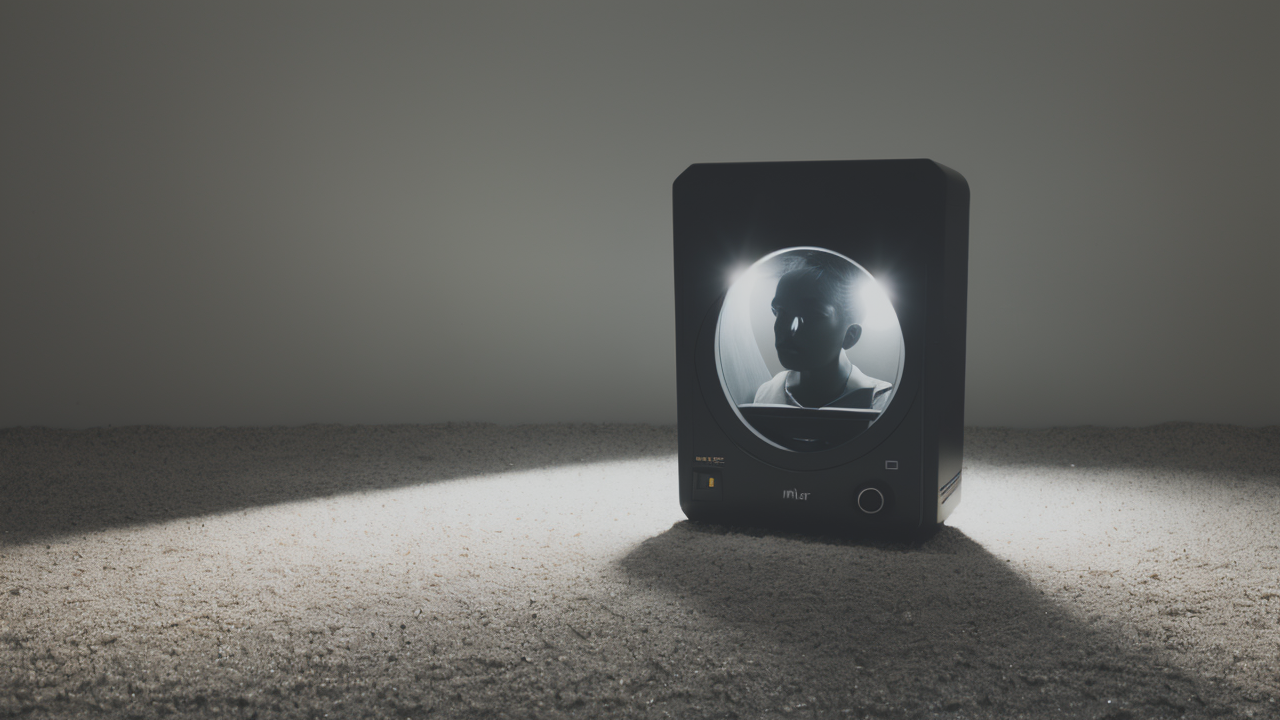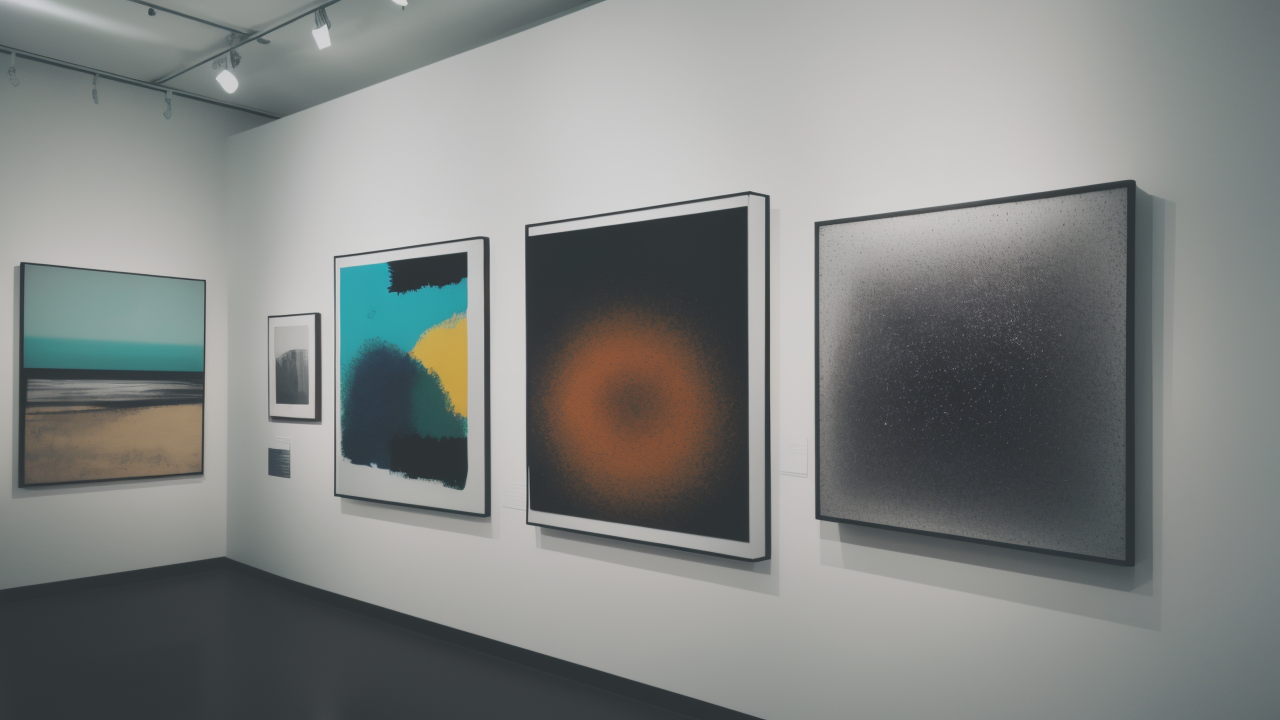
The Ultimate Guide to Choosing a Palette for Modern Gallery Walls
The Rise of Minimalist Art in Contemporary United States Culture
Exploring the Shift in Aesthetic Preferences
Minimalist art is gaining popularity in the US. People are moving away from complex designs. They now prefer simple, clean looks. This shift is happening in many areas of life, not just art.

Why the change? Many find peace in simplicity. Our world is full of noise and clutter. Minimalism offers a calm escape. It lets people focus on what's truly important.
Modern contemporary artists are leading this trend. They create works that use few elements. Yet these pieces have a strong impact. They prove that less can indeed be more.
Minimalist drawings are particularly popular. Artists use just a few lines to create powerful images. These drawings show that art doesn't need to be complex to be meaningful.
The Influence of Technology on Artistic Expression
Technology has changed how artists work. Digital tools make it easy to create clean, precise art. Artists can now experiment with minimalist styles more freely.
Social media has also boosted minimalist art. Platforms like Instagram favor simple, striking images. This encourages artists to create work that stands out online.
The digital age has shortened our attention spans. People want art they can quickly understand. Minimalist art fits this need perfectly. It delivers clear messages with few elements.
Technology has also made art more accessible. Anyone can view and buy art online. This has exposed more people to minimalist styles. It's helped spread the trend across the country.
The Role of Color in Minimalist Art
The Psychological Impact of Color on Viewers
Color plays a crucial role in minimalist art. Even with few elements, color can convey strong emotions. A single color can change the entire mood of a piece.

Bright colors can create energy and excitement. They grab attention and make bold statements. Soft colors, on the other hand, can bring calm and peace. They invite viewers to relax and reflect.
The palette colors chosen by artists are very important. In minimalist art, each color has a big impact. Artists must choose their colors carefully. They need to consider how each hue will affect the viewer.
Color can also guide the viewer's eye. In minimalist art, where there's less to look at, color becomes a key tool. It can highlight important areas or create a sense of movement.
Case Studies: Artists Embracing Minimalism with Vibrant Palettes
Many modern contemporary artists are combining minimalism with bold colors. Let's look at some examples:
- Ellsworth Kelly: He uses large, bright shapes in his paintings. His work shows that minimalism doesn't have to be dull.
- Yves Klein: Known for his use of a vibrant blue. He created entire paintings in this single color. This shows how one bold color can make a strong statement.
- Josef Albers: He explored color interaction in his work. He used simple squares to show how colors affect each other. His "Homage to the Square" series is a classic example.
- Mark Rothko: His color field paintings use large blocks of color. They create emotional landscapes. His work shows how minimalist techniques can evoke deep feelings.
These artists prove that minimalism and vibrant colors can work well together. They create art that is both simple and visually striking.
How Colorful Painted Artpieces Are Changing the Game in Art Galleries
The Trend in Curating Minimalist Exhibitions
Art galleries are embracing colorful minimalism. Many are creating shows that focus on this trend. These exhibitions often feature large, bold pieces that dominate the space.

Curators are using color theory to guide visitors through shows. They pair works to create visual conversations. This turns gallery visits into immersive color experiences.
Some exhibitions explore how artists use limited elements for maximum effect. They show the depth and complexity possible in minimalist art. This educates the public about the style.
Galleries are also using minimalist art to create calm spaces. In busy cities, these shows offer a peaceful retreat. They give visitors a chance to slow down and reflect.
Consumer Response to Minimalist Art with a Twist
People are responding well to colorful minimalist art. Both collectors and casual art lovers are drawn to these pieces. They appreciate the balance of simplicity and visual impact.
Sales figures show the popularity of this trend. Colorful minimalist works are selling well at auctions. Exhibitions featuring these pieces are drawing large crowds.
Many find that these artworks fit well in modern homes. They add color without overwhelming a space. This practical aspect has broadened the market for minimalist art.
The trend is influencing home decor too. People are choosing simple, colorful pieces for their walls. This shows how art trends can shape broader design preferences.
In conclusion, colorful minimalism is reshaping the art world. It's challenging ideas about what minimalist art can be. As the trend evolves, it promises to bring more vibrancy to galleries and homes.
Modern contemporary artists are at the forefront of this movement. They're pushing the boundaries of minimalism. They show that simple doesn't mean boring. Their work proves that a few well-chosen colors can have a huge impact.
The palette colors used in these works are carefully selected. Artists consider the psychological effects of each hue. They use color to create mood, guide the eye, and convey messages.
This trend is changing how we think about art. It shows that powerful art doesn't need to be complex. A few lines and colors can say just as much as a detailed painting. Sometimes, they can say even more.
As we move forward, we can expect to see more of this colorful minimalism. It offers a fresh take on a classic style. It combines the best of both worlds - the simplicity of minimalism and the impact of bold color.
For those interested in art, it's an exciting time. Whether you're an artist, collector, or just an art lover, there's much to explore in this new wave of minimalism. Keep an eye out for these colorful, simple pieces. They're changing the face of modern art.


